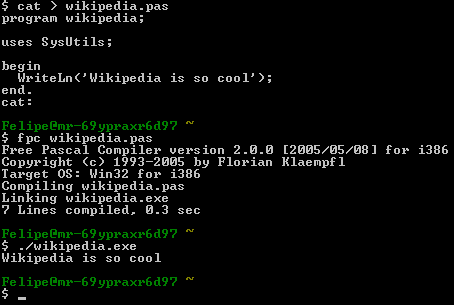Between 2010-2012 I worked with two other colleagues in Divinity to integrate student writing with blogs into one of our courses. We were able to devote some focussed attention to the relative merits and demerits of using blogs in teaching thanks to some funding from the Principal’s Teaching Award Scheme here at the University of Edinburgh (I’d encourage colleagues to apply as it’s a great way to secure resources to explore tech in pedagogical context and PTAS is great about providing avenues for dissemination). If you’d to read a bit more about it, we’ve written up some of our results which were published in 2012 which you can read here. Looking back on the experience of working with this technology in a teaching context over three successive teaching years I have to say that the use of blogging by students is not automatically successful, nor does it necessarily improve the learning experience. An instructor has to be careful about integrating the technology into a learning context which suits its contours as a form of media and a process of content generation. Continue reading
Month: February 2016
Get Geospatial with QGIS
One of my favourite new tools that I’ve added to my social scientific research into environmental activism and religion in Scotland over the past three years has been geospatial work or GIS (short for Geographic Information System). Scholarship in the sociology of religion often works with very large data sets (like censuses), but this work is very seldom parsed out on a geospatial basis. This is a huge loss, I think, as there are a number of important ways that geography inflects demographic data sets. Continue reading
A poem for your friday
“The Heaven of Animals” by James L. Dickey
Here they are. The soft eyes open.
If they have lived in a wood
It is a wood.
If they have lived on plains
It is grass rolling
Under their feet forever.
Having no souls, they have come,
Anyway, beyond their knowing.
Their instincts wholly bloom
And they rise.
The soft eyes open.
To match them, the landscape flowers,
Outdoing, desperately
Outdoing what is required:
The richest wood,
The deepest field.
For some of these,
It could not be the place
It is, without blood.
These hunt, as they have done,
But with claws and teeth grown perfect,
More deadly than they can believe.
They stalk more silently,
And crouch on the limbs of trees,
And their descent
Upon the bright backs of their prey
May take years
In a sovereign floating of joy.
And those that are hunted
Know this as their life,
Their reward: to walk
Under such trees in full knowledge
Of what is in glory above them,
And to feel no fear,
But acceptance, compliance.
Fulfilling themselves without pain
At the cycle’s center,
They tremble, they walk
Under the tree,
They fall, they are torn,
They rise, they walk again.
The Command Line

I’ll often be working on my laptop when a colleague walks past, sees a command-line window open with lines scrolling and says something like, “well that looks scary!”. The producers of the matrix captured this sentiment well with their now classic screen image that shows indecipherable characters cascading down a screen.
I think that one of the least appreciated tools might be the command line. Most folks assume that it is the exclusive domain of software engineers (or Matrix insurgents) and miss out on the efficient data manipulation that is just one step away on the command line (or if you write your own code, but we’ll save that for another post!). Continue reading
